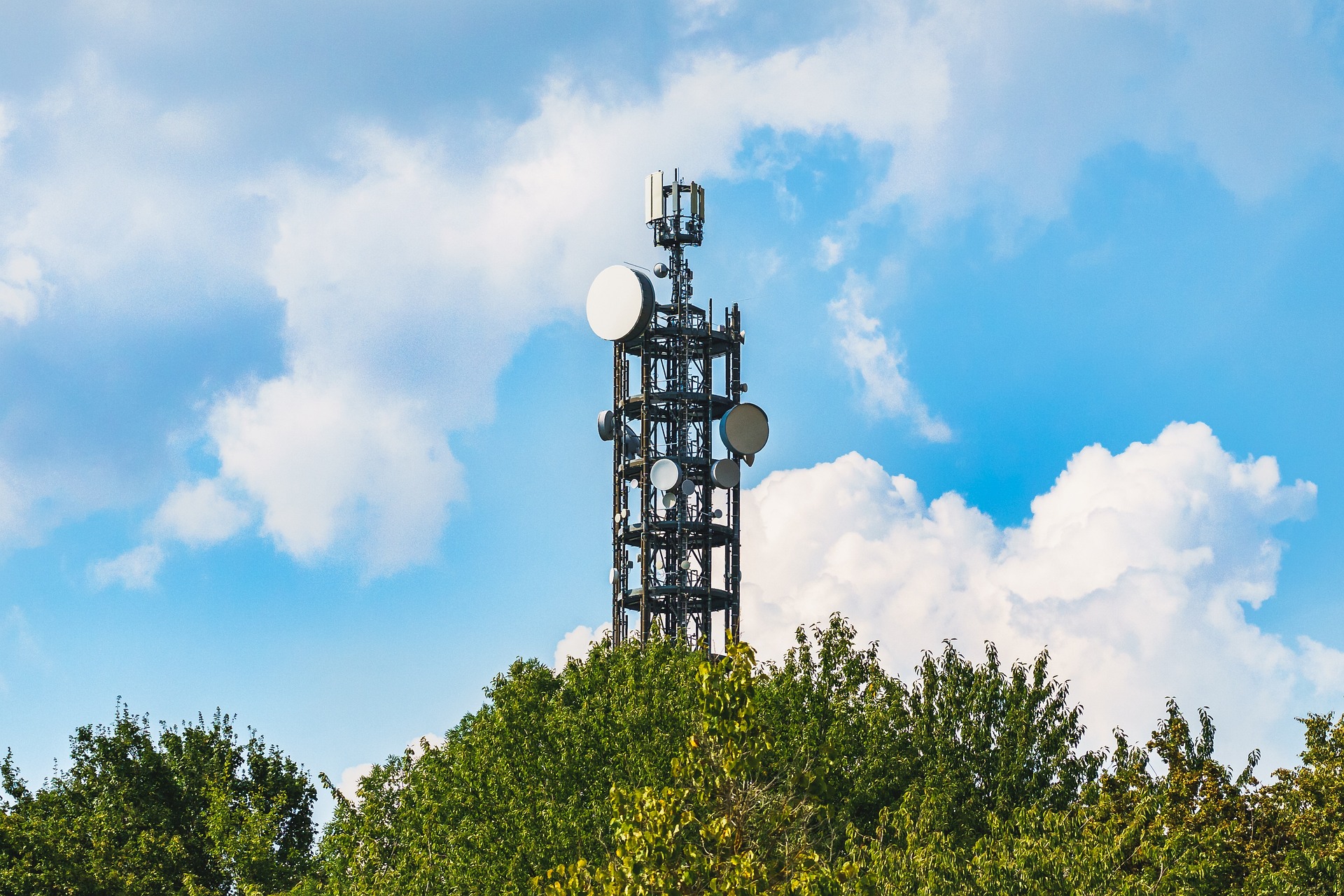Embracing the Future of Telecommunications with Wi-Fi 6
In an era where connectivity is crucial, the introduction of Wi-Fi 6 (also known as 802.11ax) is an intriguing development. With the promise of faster speeds, higher capacity, and improved performance, Wi-Fi 6 is set to revolutionize our digital experience.

The Emergence of Wi-Fi 6
The history of Wi-Fi is a testament to the relentless pursuit of faster and more reliable connectivity. Wi-Fi 6, the newest iteration of Wi-Fi, is a culmination of these efforts. Introduced by the Institute of Electrical and Electronics Engineers (IEEE) in 2019, Wi-Fi 6 has been designed to address the increasing demand for high-speed internet in crowded environments.
The Capabilities of Wi-Fi 6
Wi-Fi 6 is not just about faster speeds - though it does offer a theoretical maximum speed of 9.6 Gbps compared to the 3.5 Gbps of its predecessor, Wi-Fi 5. It’s about making Wi-Fi more efficient. Wi-Fi 6 introduces several new technologies, including Orthogonal Frequency-Division Multiple Access (OFDMA) and Target Wake Time (TWT), which improve network efficiency and battery life of connected devices respectively.
The Impact of Wi-Fi 6
The advent of Wi-Fi 6 has significant implications for various sectors. For businesses, Wi-Fi 6 can handle more devices at once, making it ideal for workplaces with many connected devices. For consumers, Wi-Fi 6 means smoother streaming, faster downloads, and more responsive gaming. However, the migration to Wi-Fi 6 also comes with challenges, such as the need for new hardware and potential compatibility issues.
Practical Applications of Wi-Fi 6
Wi-Fi 6 is not a future technology - it’s here today, and it’s already making a difference. For instance, many universities are upgrading their networks to Wi-Fi 6 to support their students’ digital needs. Meanwhile, businesses in sectors like retail and hospitality are leveraging Wi-Fi 6 to offer better customer experiences.
Conclusion
Wi-Fi 6 represents the next step in the evolution of wireless connectivity. With its superior speed, capacity, and efficiency, it offers a solution to many of the connectivity challenges of today. While it’s still early days for this technology, its impact will likely be felt across industries and around the world. As we embrace the future of telecommunications, Wi-Fi 6 is a technology to watch.




